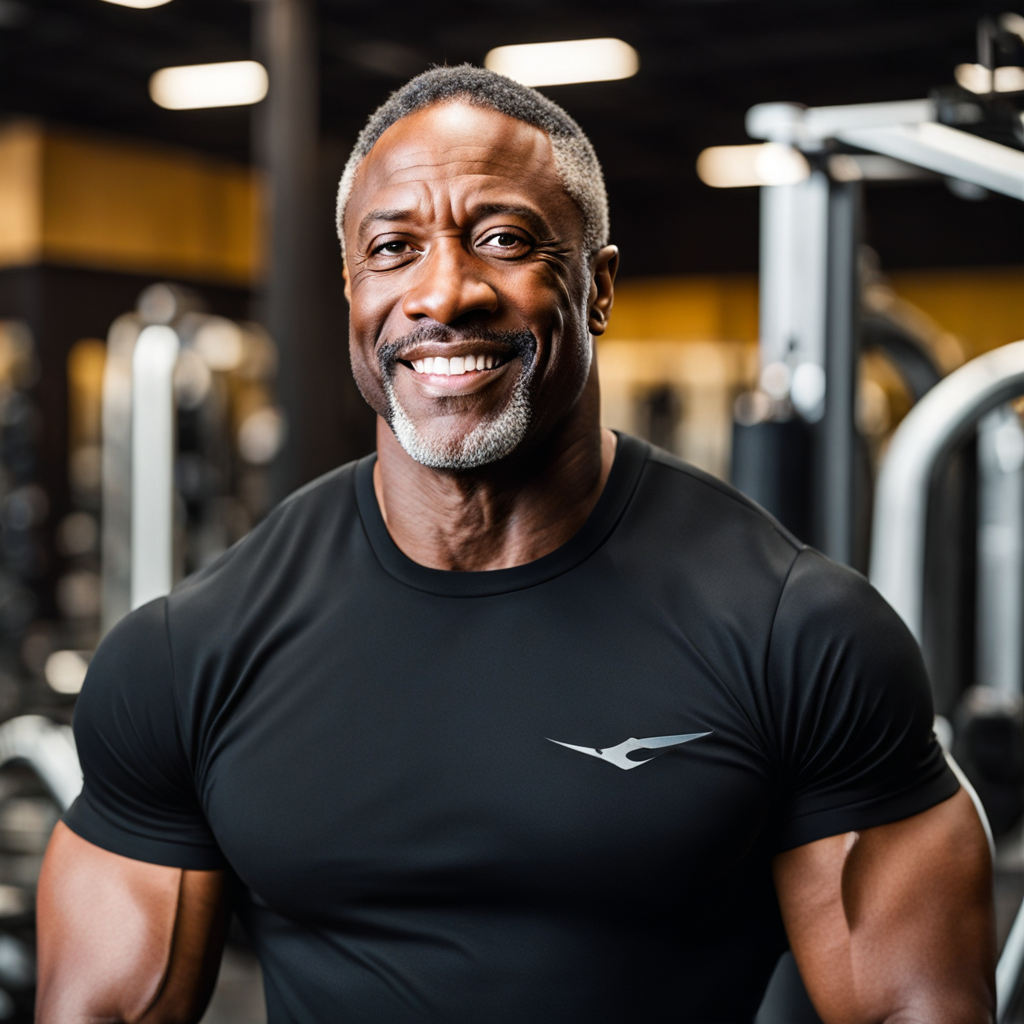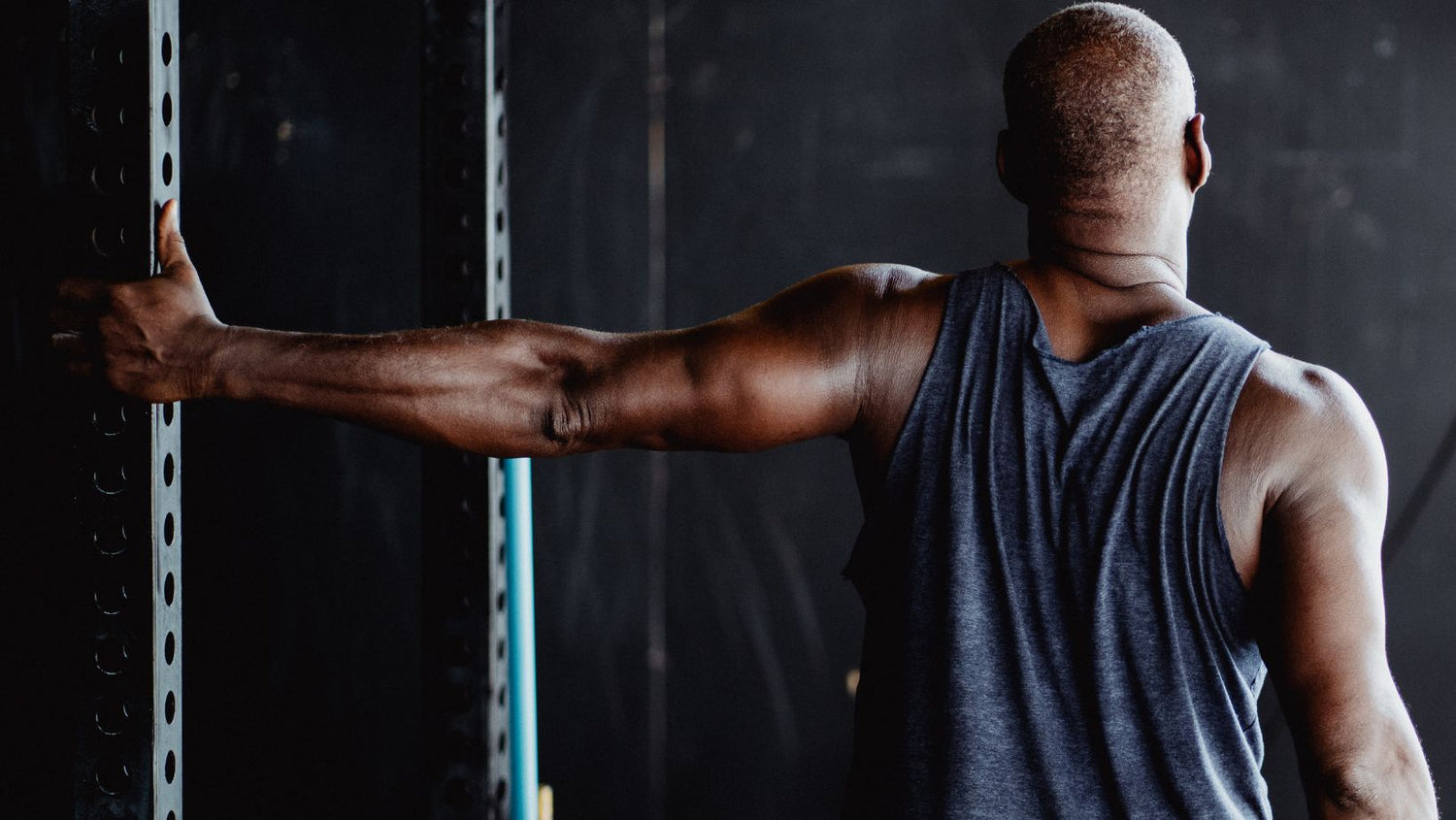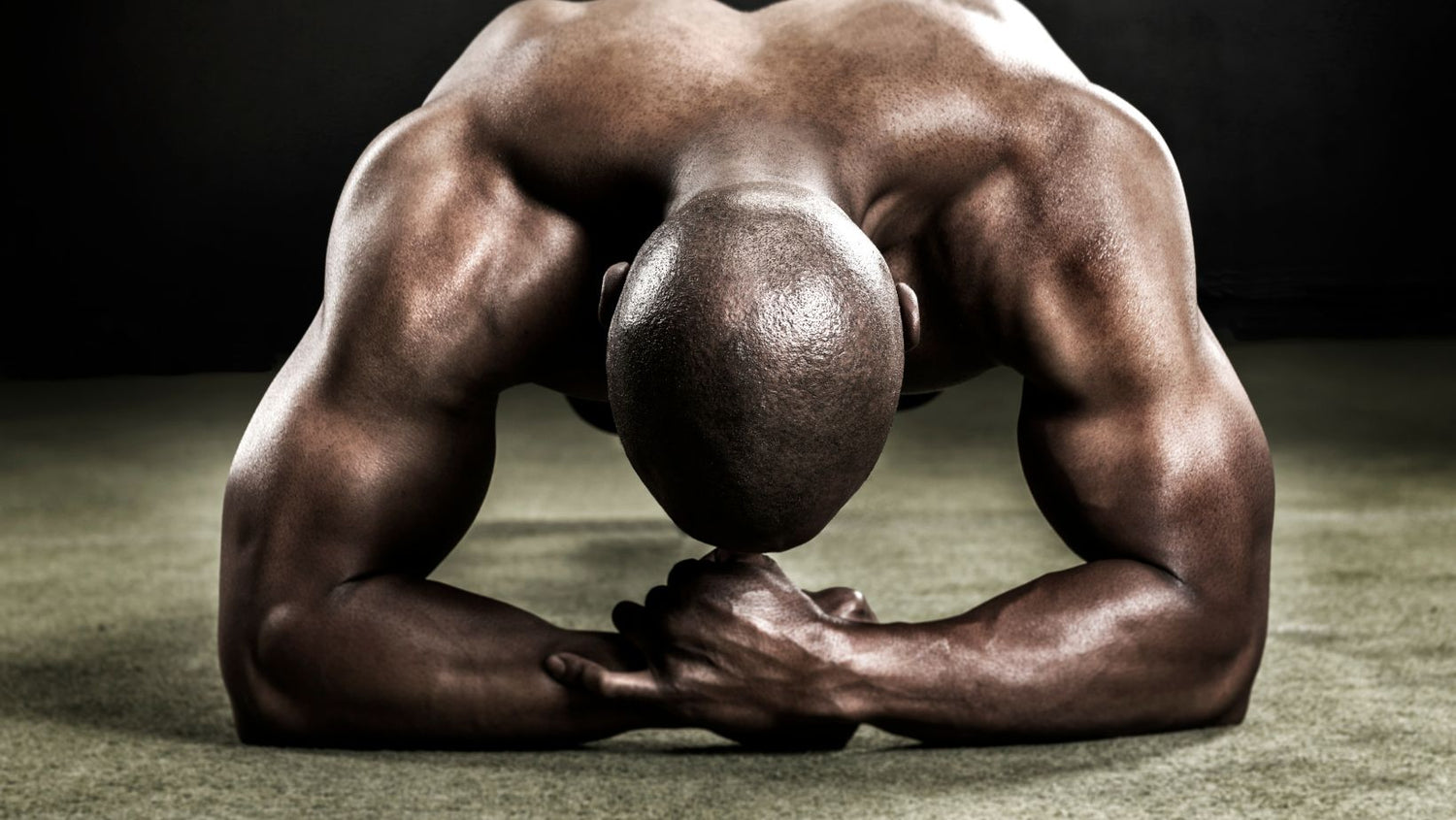Picture this: You stride into the gym, ready to conquer your bench press personal record. The enthusiasm courses through your veins until you take your seat and realize there's no spotter in sight. Enter the Smith Machine – your trusty substitute.
This remarkable contraption secures the barbell, effectively reducing the risks of a taxing lift gone awry. Resembling a squat rack, it boasts a fixed bar that moves along a set path.
Smith Machine exercises might sometimes be underestimated, but we're about to unveil why they deserve your attention.
While the traditional free weight barbell bench press remains a cornerstone, the Smith Machine offers similar advantages with an added layer of safety and guidance.
The Bench Press: What's the Buzz About?
The bench press reigns supreme in upper body workouts, and for good reason. It's a compound exercise, a symphony of muscle groups coming together for total upper body activation.
Beyond sculpting a robust chest, it engages shoulders and triceps, elevating your performance in various pressing maneuvers, from overhead presses to tricep dips.
The barbell bench press, crowned the king, allows for impressive weight lifting. It's a staple in powerlifting, where it stands tall alongside the squat and deadlift. However, it's not the sole contender.
Alternate chest exercises like the dumbbell chest press and the Smith Machine bench press hold their ground. Contrary to popular belief, the Smith Machine isn't reserved for novices; even seasoned lifters can reap its benefits. It offers the gift of a consistent range of motion and steadfast form as the bar travels along a vertical path.
So, whether you're a bodybuilder, powerlifter, or anything in between, the Smith Machine bench press certainly earns its place in your regimen.
Muscles in Focus: Smith Machine Bench Press
The bench press is famed for sculpting upper body strength and mass. Let's zero in on the primary muscles it targets.
- Pectorals (Pecs): These chest muscles, comprising the pectoralis major and pectoralis minor, handle arm flexion, adduction, and internal rotation. Regular chest workouts contribute to a chiseled chest and benefit posture, range of motion, and upper back comfort. The pectoralis major lends that coveted puffed-up chest appearance.
- Deltoids (Delts): The deltoid, the shoulder's grandest muscle, comprises anterior, medial, and posterior sections. It manages arm abduction, flexion, and extension while providing stability and compensating for rotator cuff injuries. Inadequate shoulder strength raises injury risks and limits mobility.
- Triceps: The triceps, situated at the rear of the arm and divided into the medial, lateral, and long heads, excel at elbow extension. Weak triceps not only hinder bench press performance but also jeopardize shoulder health, mobility, and comfort.
While the Smith Machine bench press indeed involves the shoulders, it leans on stabilizing muscles. Thus, it may not engage the shoulders as vigorously as a classic bench press.
Why You Should Embrace the Smith Machine Bench Press
This exercise offers more than a chest-pumping workout; it might help you lift heavier weights across the board.
Lift Heavier Weight: The Smith Machine secures the barbell, providing enhanced stability. Unlike the conventional bench press, where balancing the bar is part of the challenge, the Smith Machine removes that struggle. It empowers you to hoist more weight without exhausting your energy on balance. To complement your Smith Machine Bench Press, consider incorporating the Ripped Stack for muscle building and heavier lifts.
Pec Precision: With stabilizing muscles playing a diminished role, the pecs become the stars of the show. Since the Smith Machine demands less assistance from stabilizers, the pectoralis major can exert more force. This intense focus on the pecs fosters increased mass and strength.
Predictor of Upper Body Might: Your bench press one-rep max aligns with your capabilities in exercises like barbell biceps curls, hammer curls, overhead triceps extensions, and dumbbell shoulder presses. This correlation can serve as a valuable insight into your upper body prowess and help you prevent injury by steering clear of excessively heavy weights.
A Spotter Substitute: Picture this – your gym buddy bails on bench press day, leaving you in need of a spotter. The Smith Machine steps in as a safety net, provided you've secured the safety pins. It won't replace your workout partner, but it offers a secure option for heavy benching.
Mastering the Smith Machine Bench Press: Step by Step
Leveraging the Smith Machine for bench press support can prove instrumental, but only when done right. Follow this step-by-step guide to execute the exercise flawlessly.
Setting Up: Begin by placing a flat bench at the center of the Smith Machine. Position the bar so that your arms fully extend to reach it from the bench. Don't forget to set the safety pins, especially if you're benching solo. These pins act as a fail-safe, allowing you to re-rack the bar if necessary.
Body Positioning: Lie flat on the bench, aligning the middle of your chest with the barbell.
Grip and Un-Rack: Grasp the barbell with your hands slightly wider than shoulder-width apart, then un-rack it.
Lowering the Bar: Gradually lower the bar while keeping your elbows slightly tucked in, relieving excessive strain on your shoulders. Halt when the bar reaches your chest or a few inches above it, adjusting based on your mobility; ideally, your elbows should bend to about 90 degrees.
Pressing Up: Push the bar upwards until your arms reach full extension, with your elbows locked out. Slowly lower the bar along the same path to the starting position.
Avoid These Common Mistakes
Executing the bench press incorrectly carries the risk of injury. Be vigilant and steer clear of these typical blunders.
Elbow Flaring: Flaring your elbows directly parallel to your shoulders as you lower and press can strain your shoulders unnecessarily. Opt for a safer approach by slightly tucking your elbows, forming a 45-degree angle from elbows to ribs.
Neglecting Back Arch: While most exercises discourage back arching, the bench press is an exception. Arching your lower back can prevent your shoulders from rolling forward, promoting better form. It also reduces the range of motion, enhancing shoulder stability and enabling heavier lifts.
Lifting with Feet Off the Floor: Some lifters raise their feet onto the bench while bench pressing, creating an unstable foundation. This instability can impede your lifting potential and, worse, lead to injury. To maximize force generation, press your feet firmly into the floor.
In Closing
The bench press has earned its place as a gym staple, and now you understand why. The Smith Machine serves as an invaluable ally in executing the bench press, sparing you the need for a spotter, amplifying chest focus, and delivering results akin to a classic press.
Next time you step into the gym, don't dismiss the Smith Machine. Load up that bar with some hefty weights and make those reps count.






